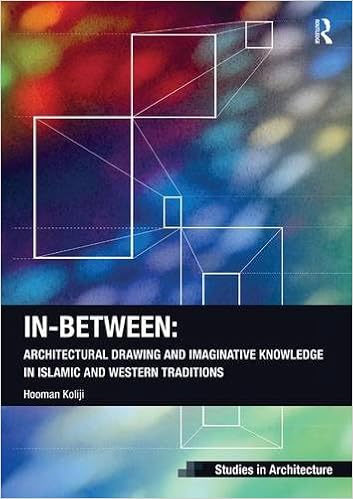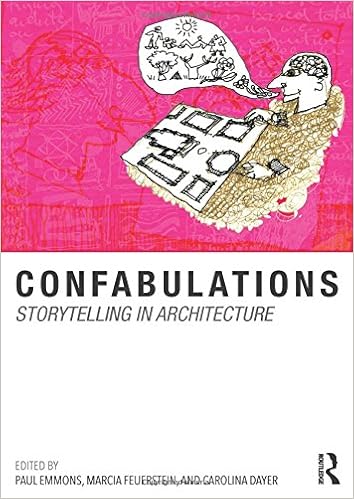"...the Imagination (or love, or sympathy, or any other sentiment) induces knowledge, and knowledge of an 'object' which is proper to it..."
Henry Corbin (1903-1978) was a scholar, philosopher and theologian. He was a champion of the transformative power of the Imagination and of the transcendent reality of the individual in a world threatened by totalitarianisms of all kinds. One of the 20th century’s most prolific scholars of Islamic mysticism, Corbin was Professor of Islam & Islamic Philosophy at the Sorbonne in Paris and at the University of Teheran. He was a major figure at the Eranos Conferences in Switzerland. He introduced the concept of the mundus imaginalis into contemporary thought. His work has provided a foundation for archetypal psychology as developed by James Hillman and influenced countless poets and artists worldwide. But Corbin’s central project was to provide a framework for understanding the unity of the religions of the Book: Judaism, Christianity and Islam. His great work Alone with the Alone: Creative Imagination in the Sufism of Ibn ‘Arabi is a classic initiatory text of visionary spirituality that transcends the tragic divisions among the three great monotheisms. Corbin’s life was devoted to the struggle to free the religious imagination from fundamentalisms of every kind. His work marks a watershed in our understanding of the religions of the West and makes a profound contribution to the study of the place of the imagination in human life.Search The Legacy of Henry Corbin: Over 800 Posts
Tuesday, March 13, 2018
Two fascinating books on art & architecture and imagination
Hooman Koliji draws extensively on Corbin's work.
In-between:
Architectural Drawing and Imaginative Knowledge in Islamic and Western Traditions
Koliji, Hooman 2014.
"Contemporary technical architectural drawings, in establishing a direct relationship between the drawing and its object, tend to privilege the visible physical world at the expense of the invisible intangible ideas and concepts, including that of the designer’s imagination. As a result, drawing may become a utilitarian tool for documentation, devoid of any meaningful value in terms of a kind of knowledge that could potentially link the visible and invisible. This book argues that design drawings should be recognized as intermediaries, mediating between the world of ideas and the world of things, spanning the intangible and tangible. The notion of the 'Imaginal' as an intermediary between the invisible and visible is discussed, showing how architectural drawings lend themselves to this notion by performing as creative agents contributing not only to the physical world but also penetrating the realm of concepts. The book argues that this 'in-between' quality to architectural drawing is essential and that it is critical to perceive drawings as subtle bodies that hold physical attributes (for example, form, proportion, color), highly evocative, yet with no matter. Focusing on Islamic geometric architectural drawings, both historical and contemporary, it draws on key philosophical and conceptual notions of imagination from the Islamic tradition as these relate to the creative act. In doing so, this book not only makes important insights into the design process and act of architectural representation, but more broadly it adds to debates on philosophies of the imagination, linking both Western and Islamic traditions."\
'Enquiring into the nature of the creative imagination, this book provides a clear alternative to the well-worn dualistic struggle between rationality and subjective aesthetics. Koliji makes a valuable contribution to the historical study of Islamic architecture, and further reveals an innovative way of approaching artworks through the viewpoint of the designer's imagination that has broad relevance to anyone interested in understanding the process of invention.' Paul Emmons, Virginia Tech, USA 'This book reinforces the novel directions in research that transcend the gaps in historical sources on art and architecture in the pre-modern Muslim milieu by engagingly intersecting the pathways of architectural humanities with Islamic studies in mainstream theory and discourse.' Nader El-Bizri, American University of Beirut, Lebanon
Confabulations : Storytelling in Architecture
by Paul Emmons, Marcia F. Feuerstein , Carolina Dayer
Subscribe to:
Post Comments (Atom)









No comments:
Post a Comment